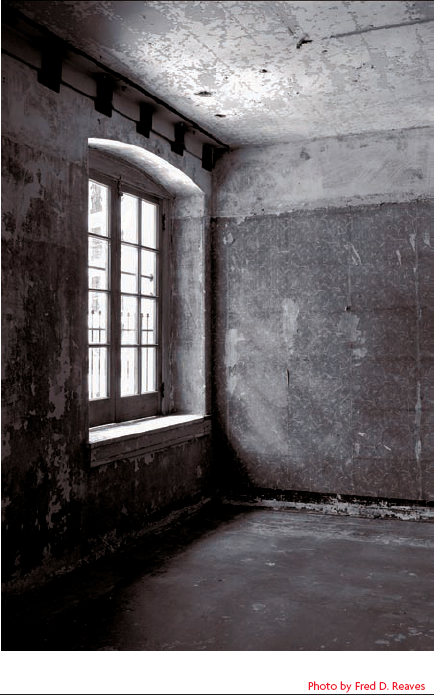Chapter 2. THE COLOR OF LIGHT

Photography started out as a black-and-white medium. Photographs simply recorded the brightness level of the light reflected from various portions of the scene and represented it as shades of gray. As a result, a black-and-white photograph is an abstraction of the original scene on two levels. First, it's a two-dimensional representation of a three-dimensional scene. Secondly, it's a representation of a full-color scene as a study in light values — shades of gray with no color. This dual level of abstraction gives black and white photography an enduring visual quality that causes it to persist as a medium of artistic expression long after photographers gained the technical capability to record full-color images.

Figure 2-1.
Adding color to a photographic image gives the photographer the ability to make a more complete and accurate representation of the original scene. Color simultaneously enhances realism and removes one level of abstraction that is present in a black-and-white photograph. Additionally, a photographer can use color expressively, deliberately manipulating the colors in the photograph for artistic effect instead of accurately representing the original scene.
Fortunately, in today's world of digital photography, photographers can create images ...
Get Exposure and Lighting For Digital Photographers Only now with the O’Reilly learning platform.
O’Reilly members experience books, live events, courses curated by job role, and more from O’Reilly and nearly 200 top publishers.

